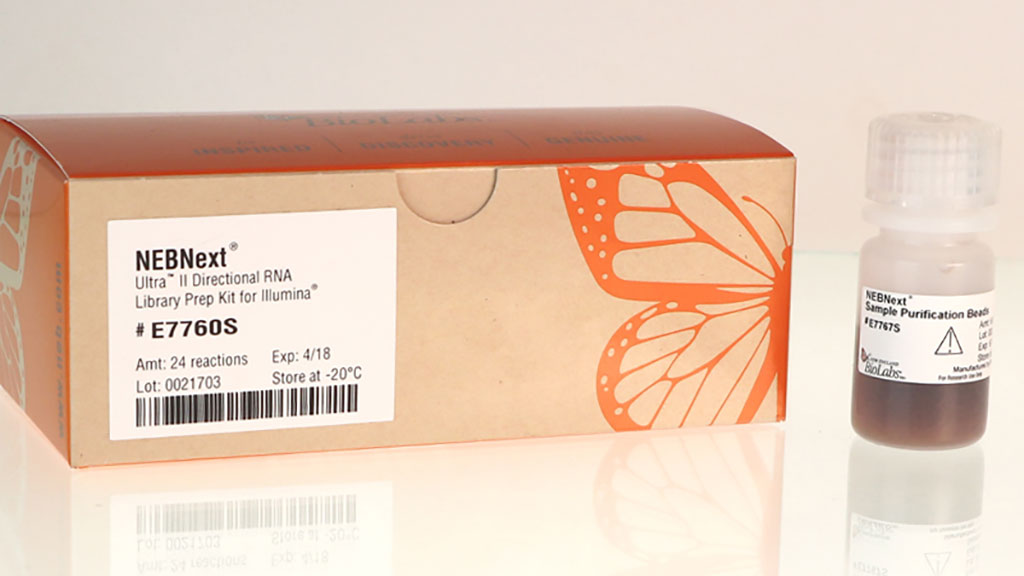Biomarkers Predict Lyme Disease Post-Treatment Prognosis
Posted on 06 Dec 2022
Testing and diagnosis of the earliest stages of Lyme Disease (LD) have proven to be difficult or unreliable. The universally accepted diagnostic test for LD is a positive enzyme-linked immunosorbent assay (ELISA) followed by a positive western blot for immunoglobulin M (IgM) and IgG.
Antibiotic treatment includes a dosing regimen of doxycycline, amoxicillin, ceftriaxone, or cefotaxime, dependent on patient age and displayed symptoms. Even when the disease is clearly diagnosed and properly treated, about 10%–20% of affected individuals do not respond completely and develop prolonged symptoms, a condition termed post-treatment LD (PTLD).

A team of medical scientists at the Icahn School of Medicine at Mount Sinai (New York, NY, USA) and their colleagues enrolled 152 individuals (66 females and 86 males) with symptoms of post-treatment LD (PTLD) to profile their peripheral blood mononuclear cells (PBMCs) with RNA sequencing (RNA-seq). Their average age was 47.27 ±15.85. The acute LD cohort consisted of 72 patients made of 31 females and 41 males and their average age was 47.19 ±15.68.
PBMCs were isolated from fresh whole blood using Ficoll. RNA was extracted from 107 PBMCs using RLT Lysis Buffer (Qiagen, Germantown, MD, USA). The NEBNext Ultra II Directional RNA Library Prep Kit (New England Biolabs, Ipswich, MA, USA) was used to generate RNA-seq libraries. Poly A RNAs were isolated from total RNAs using NEBNext Poly(A) Magnetic Isolation Module and then fragmented for cDNA synthesis. The prepared samples were processed by an Illumina HiSeq2500 (Illumina, San Diego, CA, USA).
The investigators observe that most individuals with PTLD have an inflammatory signature that is distinguished from the acute LD group. By distilling gene sets from this study with gene sets from other sources, they identified a subset of genes that are highly expressed in the cohorts, but are not already established as biomarkers for inflammatory response or other viral or bacterial infections. They further reduce this gene set by feature importance to establish an mRNA biomarker set capable of distinguishing healthy individuals from those with acute LD or PTLD as a candidate for translation into an LD diagnostic. The 35 gene profile included TTC26, TTC23, IFT 74, IFT81, IFT85, ARL13B, CEP83, CEP162, CEP76, and CEP44. CEP83 encodes a protein involved in centrosome docking on the plasma membrane and is critical for primary cilia and immune synapse formation.
The authors concluded that their study produced a gene-expression profile for PTLD. This is just a first step that requires confirmation for diagnosis of PTLD. Gene expression can support the diagnosis of PTLD in individuals with a history of prior diagnosed and treated LD and persistent post-treatment symptoms. The study was published on November 15, 2022 in the journal Cell Reports Medicine.
Related Links:
Icahn School of Medicine at Mount Sinai
Qiagen
New England Biolabs
Illumina













